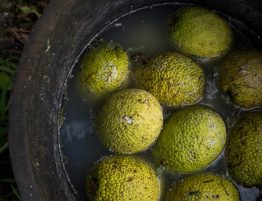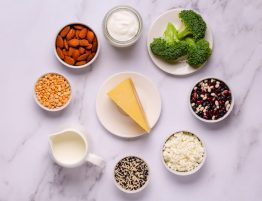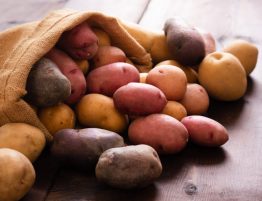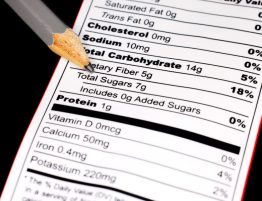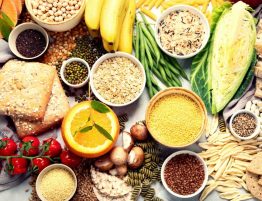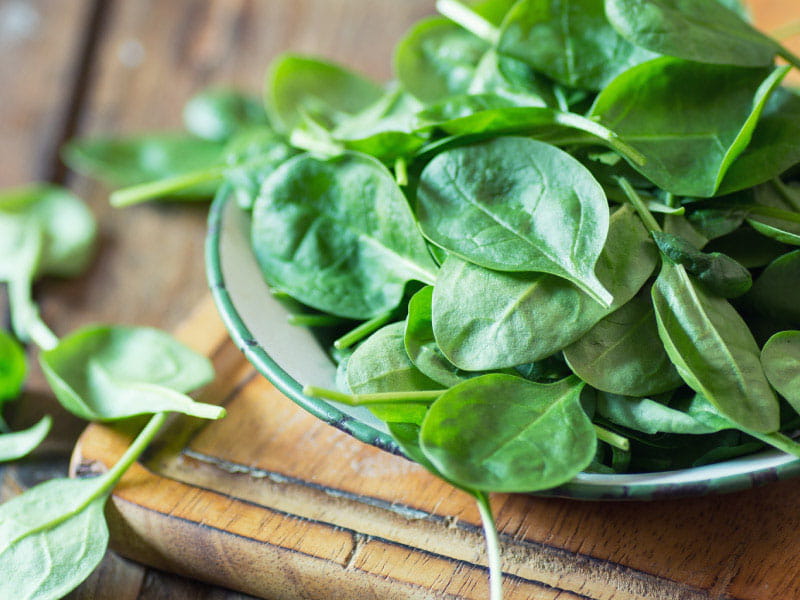
Stories about spinach often reference Popeye, the sailor who gobbled it by the can to gain immense strength. But if you need to bring a cartoon character into a conversation about healthy eating, consider the Hulk.
In addition to their shared hue, spinach packs a nutritional punch that looms large even among its peers.
“I think spinach is quite unique,” said Dr. Joseph Roberts, an assistant professor of nutrition at Arizona State University in Phoenix.
Dark, leafy greens are recommended as part of a healthy eating pattern. “They are largely considered nutritional powerhouses,” Roberts said, because they are nutrient-dense. In other words, “you can get a lot of nutrition without a lot of calories.”
Roberts, who was lead author of an academic review about spinach that was published in the journal Food & Function in 2016, noted that spinach is a good source of vitamins A, C and B9 (folate).
The nutritional values for spinach can get gaudy. According to the U.S. Department of Agriculture, one cup of raw spinach has only 7 calories. But it provides 121% of the vitamin K a man should consume each day and 161% of the amount recommended for women. The amount of vitamin K in spinach is about four times more than lettuce, about five times more than broccoli and eight times more than cabbage.
Cooked spinach, per cup, provides 129% of the recommended daily vitamin A for women and 105% of the suggested amount for men.
Spinach also provides more of the minerals magnesium, potassium and iron than cabbage, lettuce or broccoli.
The verdant veggie also is rich in phytochemicals – compounds found mostly in plants that have a range of health-boosting properties. They’ve long been known to function as antioxidants, which help fight inflammation and aging, Roberts said. Researchers have only recently begun to fully explore how they might do even more.
Spinach also is one of the best plant sources for lutein, a type of plant-based pigment known as a carotenoid that has been linked to better eye and brain health.
Some studies have looked at spinach thylakoids, which are parts of a plant cell that turn sunlight into energy. Extracts made from spinach thylakoids have been shown to increase satiety, the feeling of being full after eating, although Roberts said that such an effect has not been studied extensively in whole spinach.
However, he said, spinach is high in fiber, “something that most Americans need to increase their consumption of.” Fiber has been shown to help protect against heart disease, diabetes and more. Raw spinach has a little more than half a gram of fiber per cup. In boiled spinach, you’ll get more than 4 grams per cup. (Spinach is 91% water, and cooked spinach has more leaves than the same volume of raw.)
So, unless you are a child in one of The New Yorker’s most famous cartoons, what’s not to like? Well, although “spinach” was once used as a synonym for “nonsense,” there are a few possibly serious issues to consider.
Spinach is high in oxalates, which can interfere with the body’s ability to absorb minerals, Roberts said. Spinach actually has a lot of calcium, he said, but oxalates bind to that in the intestines.
“This can lead to the formation of kidney stones in certain people,” he said. People who are prone to kidney stones are sometimes put on a low-oxalate diet. Boiling spinach can decrease the amount of oxalates you consume, Roberts said.
Spinach also contains purines, which are converted to uric acid in the body. In people who have gout, uric acid can trigger an attack, Roberts said, “but studies have shown that consumption of spinach has little to no effect on the risk of a gout attack.”
Vitamin K, which plays an important role in blood clotting, can interfere with the blood thinner warfarin. That’s less of an issue with newer blood thinners, Roberts said, but people on warfarin should “be consistent in their consumption of vitamin K,” which will help stabilize warfarin levels.
And when you do decide to serve spinach, perhaps don’t use Popeye as a role model. Aside from the health risks associated with smoking a pipe, he might be getting sodium he doesn’t need. One cup of the canned stuff can have from 440 to nearly 750 milligrams; the American Heart Association recommends limiting sodium to no more than 2,300 mg a day, with an ideal limit of 1,500 mg for most adults.
Roberts said that for all fruits and vegetables, “the fresher, the better.” So, at the grocery store, he’d go for a fresh bundle of spinach over a bag or plastic container, on the assumption that the fresh bundle probably was picked more recently.
If you do buy fresh, he said, consume it soon. “You don’t want to let it sit in your refrigerator for a long period of time because the nutrient content does decrease.” Frozen foods are typically processed close to the harvest site and can actually have higher nutrient levels, he said.
How you prepare your spinach matters. “Cooking can impact the nutritional content of spinach,” he said. Boiling can decrease the content of vitamins B and C, as well as some phytochemicals. Those compounds end up in the cooking water, he said, so “one way to salvage that is to use that cooking water as a base for a soup.”
Popeye would be pleased to know that spinach pairs well with olive oil. Vitamins K and A as well as lutein need a little fat to be absorbed by the body. So, Roberts recommended sauteing spinach in a little bit of oil, or eating it raw with a little oil drizzled on top.
And then there’s smoothies. “This is actually how I eat my spinach every day,” said Roberts, who has about a cup of spinach each morning. Chopping up the spinach can actually increase the bioavailability of lutein and other compounds, he said.
“But the important thing, of course, is to find a form of spinach that you enjoy,” he said, “because all of them will deliver some nutrition and some benefit.”

